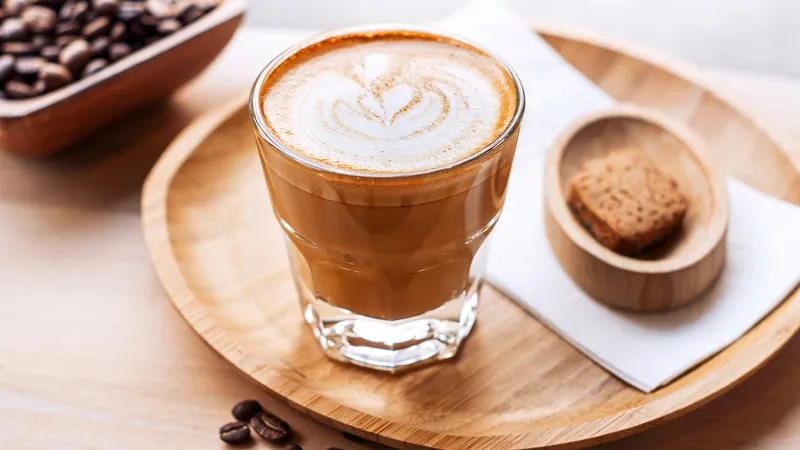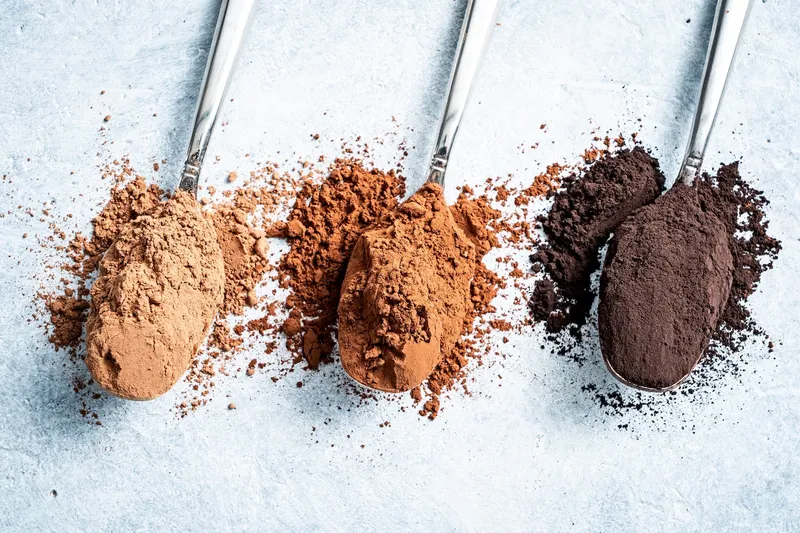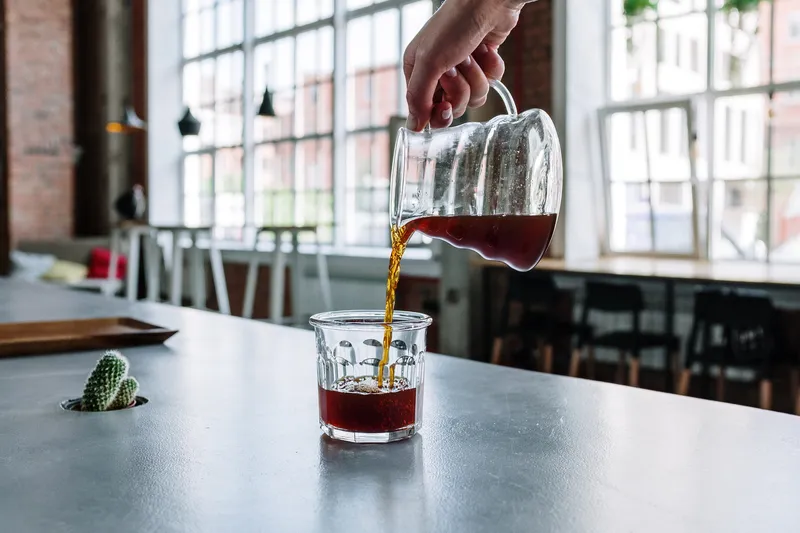Have you ever encountered "Cortado" on a coffee shop menu and felt curious about this Spanish coffee delight? Cortado has become a popular choice across cafes nationwide, right alongside the classic latte. But what distinguishes a cortado from a latte, and which one suits your taste better? For numerous coffee enthusiasts, distinguishing between a cortado vs. latte can be a delightful challenge. These differences encompass factors such as sweetness, origins, and brewing methods. Explore the differences and find your preference.
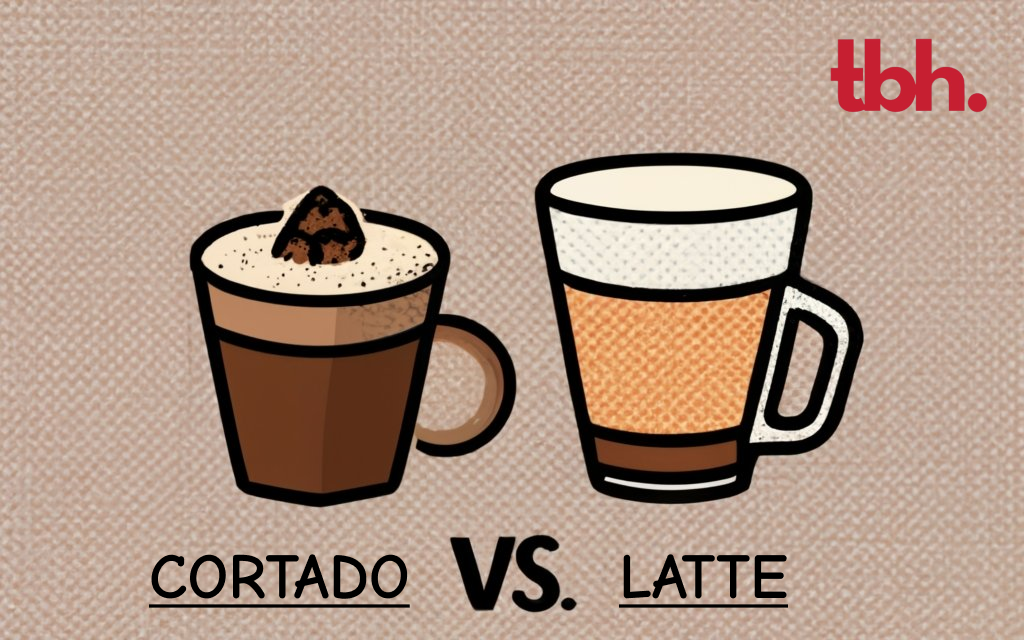
Have you ever gazed at your neighborhood coffee shop's menu, pondering the distinction between a cortado and a latte? Wonder no more.
Explore these delightful coffee concoctions and uncover their essential disparities.
| SHORT ANSWER |
| A cortado is characterized by a 1:1 ratio of espresso and steamed milk, resulting in a smaller serving size with a subtle sweetness. On the other hand, a latte combines ⅓ espresso with ⅔ steamed milk and features a generous layer of creamy milk foam, offering a distinct frothy texture and a sweeter flavor. |
What is a Cortado?
Cortados, a delightful hot coffee creation, are a perfect fusion of espresso and steamed milk, served in a smaller, more balanced size. This combination not only achieves a harmonious taste but also reduces acidity, thanks to the use of steamed milk instead of frothy alternatives.
You'll find this espresso-based delight on the menus of most coffee establishments, albeit under different names in some cases.
Much like other espresso-based beverages, cortados are crafted by brewing espresso shots using a high-pressure espresso machine. The velvety milk is then gently incorporated into the espresso, resulting in a flavorful concoction served elegantly in a petite cup or glass.
The Fascinating History of Cortado: Unveiling Its Rich History
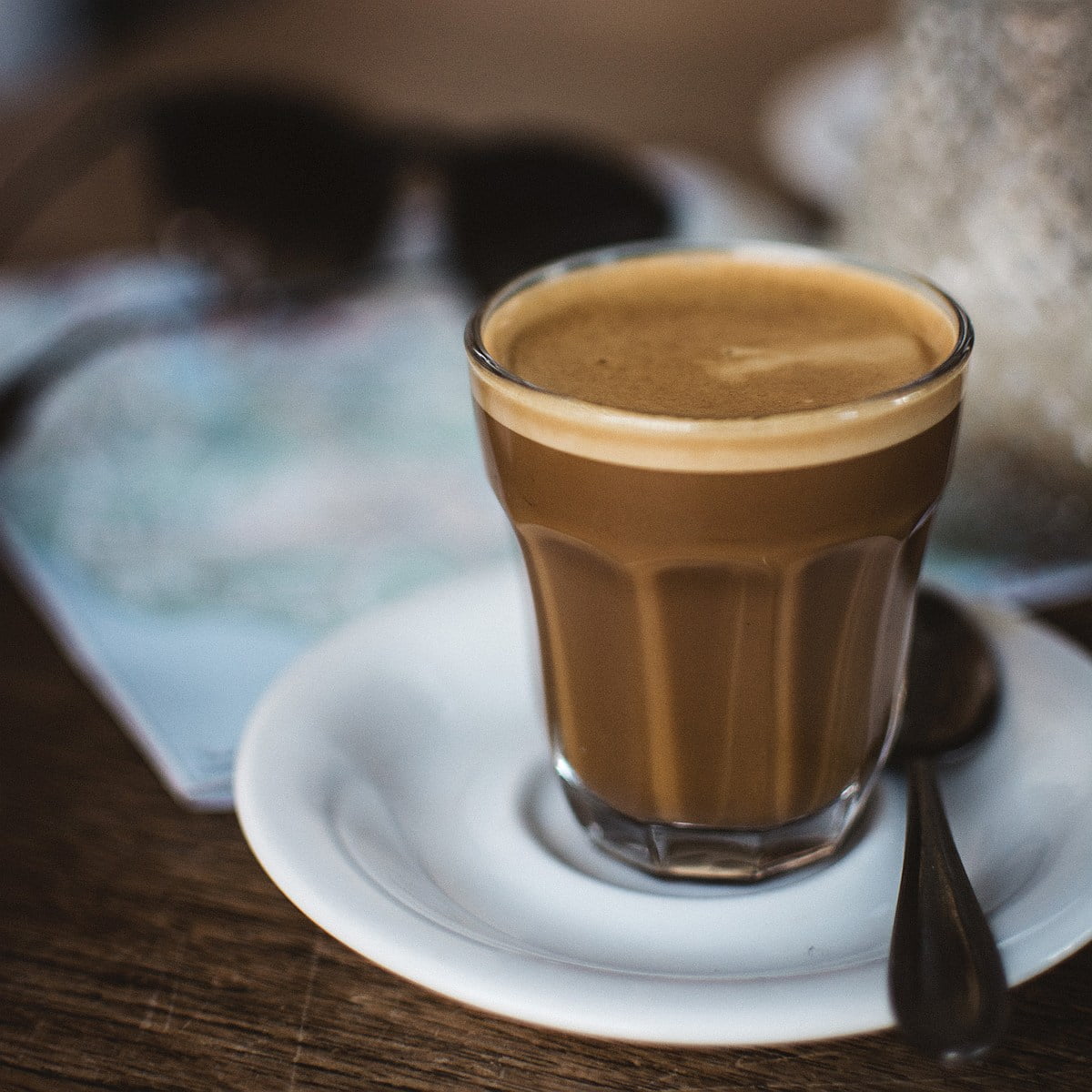
Origins of Cortado (Spain)
The cortado, a beloved coffee beverage, has its roots embedded in Spanish, Portuguese, and Latin American cultures, gaining widespread popularity during the 1960s.
The term "cortado" finds its linguistic source in the Spanish word "cortar," translating to "to cut." This nomenclature perfectly encapsulates the process of cutting the intense, bitter notes of espresso with the addition of sweet, steamed milk.
Brewing Method
A traditional cortado showcases an even blend of espresso and steamed milk, typically prepared with a double shot of espresso. Unlike the frothy steamed milk of a latte, cortado coffee is characterized by its impeccably smooth amalgamation.
With approximately 130mg of caffeine, equivalent to a 12-ounce latte, a cortado delivers a satisfying caffeine boost. However, its smaller serving size means a more concentrated experience.
Taste & Variations
Cortados are celebrated for their velvety, soft, and silky texture, boasting a pronounced espresso flavor that sets them apart from lattes. This creates a remarkably balanced beverage where all the flavor elements harmoniously coexist.
Typically, cortados do not incorporate additional spices or syrups, emphasizing the purity of the coffee experience.
There exist popular variations of the cortado, each offering distinct flavor profiles:
- In Spain, "cortado condensada" introduces steamed condensed milk, imparting a sweeter twist to the classic.
- The "cortadito," originating in Cuba, combines sugar with a single espresso shot, topped with condensed milk, resulting in a delightful coffee-caramel fusion reminiscent of a dessert-like indulgence.
Explore the nuances of cortado and latte to discover your coffee preference.
What is a Latte?
While commonly referred to as a "Cafe Latte", it's essential to know that many major coffee chains automatically serve a cafe latte when you order a latte. However, in true Italian or other European eateries, ordering a "latte" will simply get you a glass of steamed milk.
The magic of a Caffe Latte lies in the carefully steamed and frothed milk, which creates a luscious, velvety texture that harmonizes perfectly with the rich, intense flavors of espresso. This frothing process is expertly executed using the steam wand of an espresso machine.
A classic cafe latte comprises 2 fluid ounces of espresso, 3 ounces of steamed milk, and often features a delicate layer of foam on top. It's sometimes affectionately referred to as a "Wet Cappuccino."
Exploring Latte's Rich Heritage: A Historical Perspective
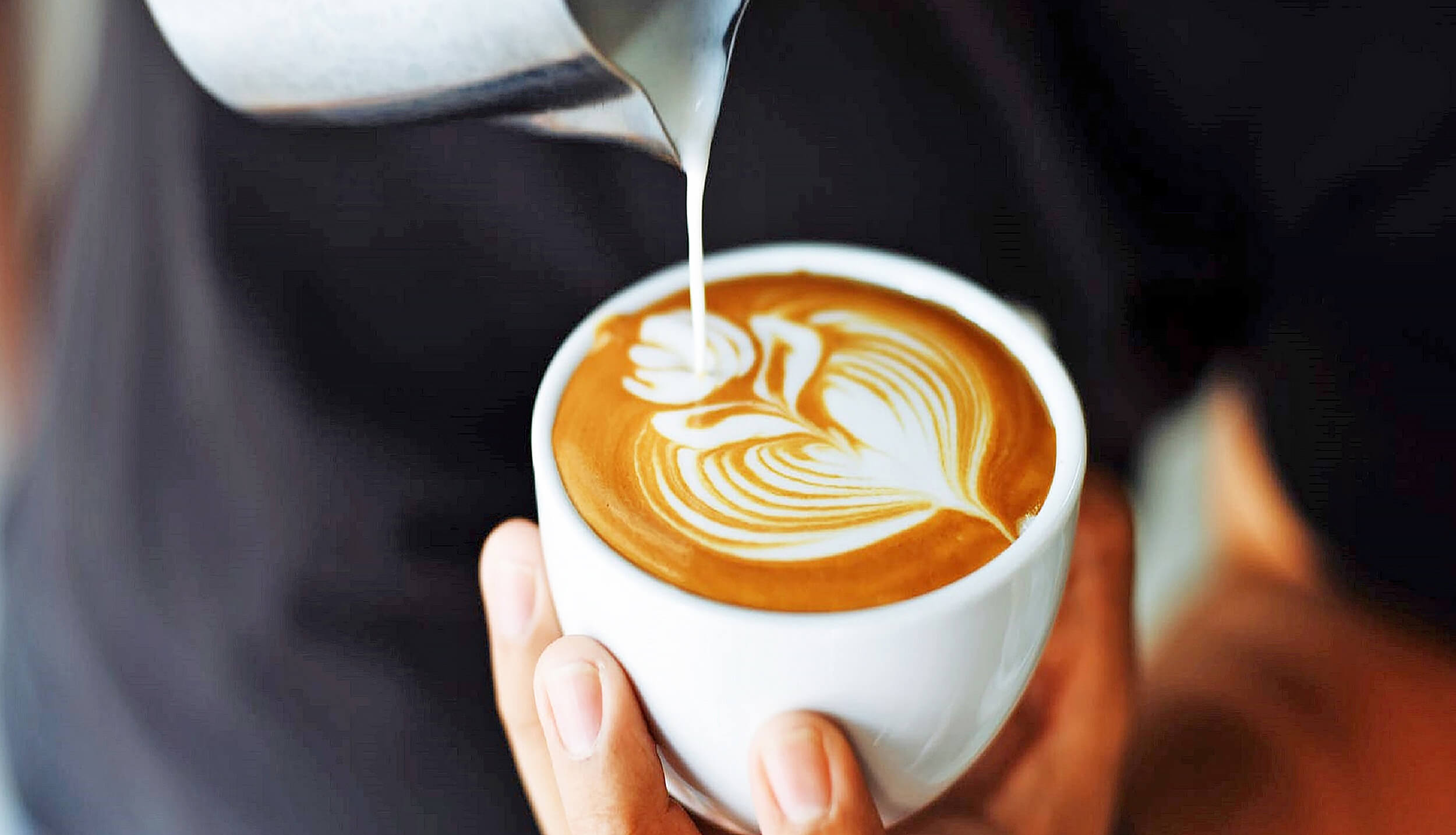
Origin of Latte (Italy)
The caffe latte, affectionately known as the latte, originates from Italy and is an espresso-based masterpiece. In Italian, "coffee latte" translates to "coffee and milk," which are the fundamental elements composing this timeless classic.
The latte's historical roots are somewhat shrouded in mystery, with no definitive creator attributed to it. Nevertheless, the term "caffe latte" makes its initial appearance in an 1867 essay penned by William Dean Howell. Drawing parallels, the latte is reminiscent of the French "cafe au lait," where coffee is brewed with hot milk.
Brewing Method
Lattes are typically crafted using a double shot of espresso, enriched with 8 to 10 ounces of steamed milk, beautifully layered. The uppermost layer of milk foam boasts a delicate, smooth texture.
Lattes are a delightful indulgence, served both hot and iced, catering to various preferences. They can also be prepared with milk alternatives such as almond or oat milk, although the signature milk foam texture may differ from that achieved with whole milk.
Taste & Variations
The enchanting combination of espresso, steamed milk, and foam yields a creamy, frothy beverage with a delightful mouthfeel. Since the majority of the drink comprises milk, the espresso's bitter notes are gracefully subdued. When milk is expertly steamed, its velvety texture envelops the palate, enhancing the overall flavor experience.
Flavored lattes enjoy immense popularity among coffee enthusiasts. Latte connoisseurs often delight in infusing their beverage with hints of hazelnut, mocha, vanilla, and pumpkin spice, elevating and sweetening their coffee encounter.
In the days before syrups became a staple in lattes, common flavor enhancements like cocoa powder or cinnamon were delicately sprinkled atop the milk foam, adding an extra layer of aromatic indulgence.
Cortado Vs. Latte: A Recap of the Distinctions
To sum it up, the primary differentiation between cortados and lattes revolves around the drink's size and the balance of espresso to milk. Let's take a quick look:
Cortados are concocted with equal parts steamed milk and espresso, with the possibility of little to no foam. On the other hand, lattes feature a more generous portion of steamed milk and are typically crowned with a substantial layer of microfoam. Cortados prioritize the espresso essence, whereas lattes embrace a milkier disposition and may include flavor enhancements like caramel or peppermint syrup.
Frequently Asked Questions (FAQs)
What's the difference between a cortado and a latte?
Discover the distinctions between these popular coffee choices, from their size and espresso-to-milk ratio to their flavor profiles.
How is a cortado brewed?
Get insights into the brewing method of cortados, including the precise blend of espresso and steamed milk that creates this harmonious coffee.
Where did cortado originate, and what's its history?
Explore the rich cultural origins of cortado, hailing from Spain, Portugal, and Latin America, and learn about its historical significance.
What's the history behind the latte?
Dive into the intriguing history of the latte, an Italian espresso-based drink that has become a global sensation.
Are there variations of cortado and latte?
Learn about the delightful variations of cortado, including the sweet "cortado condensada," and the iconic Cuban "cortadito." Discover the flavor enhancements enjoyed by latte enthusiasts.
Which coffee is right for me, a cortado or a latte?
Still unsure which coffee suits your taste buds? Get insights into the core differences to make an informed choice between a cortado and a latte.
